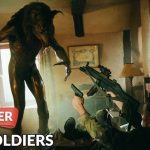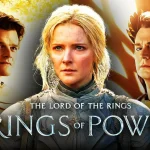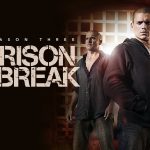🎬 Braveheart (1995)
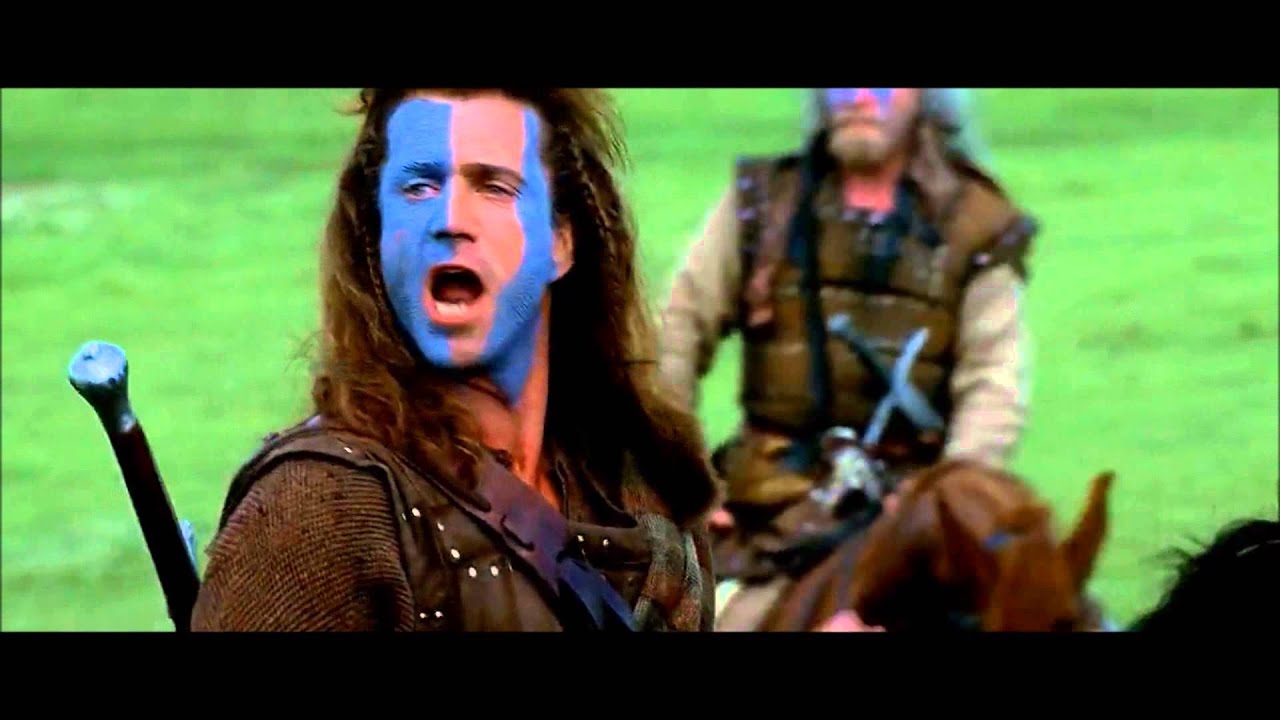
Braveheart (1995) Review – A Powerful Story of Freedom and Sacrifice
Braveheart (1995), directed by and starring Mel Gibson, is a gripping and emotional historical epic that tells the story of William Wallace, a Scottish hero who led his people in a revolt against English tyranny in the late 13th century. Known for its iconic battle sequences, stirring speeches, and themes of freedom and sacrifice, Braveheart is considered one of the greatest war films ever made. This review will explore the film’s plot, performances, themes, cinematography, and its enduring cultural impact.
Plot Summary
The film begins with the childhood of William Wallace (Mel Gibson), who witnesses the brutal execution of his father and brother by the English. After being raised by his uncle, Wallace returns to Scotland as a young man, seeking to live a peaceful life. However, after the English king, Edward Longshanks (Patrick McGoohan), asserts his authority over Scotland and cruelly oppresses the Scottish people, Wallace is driven to lead a revolt.
Wallace’s quest for justice is fueled by the love of his life, Murron (Catherine McCormack), whose tragic death at the hands of the English spurs him into action. As Wallace gathers followers and leads a series of battles against the English, his cause grows, but so does the danger. Braveheart culminates in a final battle for Scottish freedom, where Wallace’s leadership and ultimate sacrifice leave an indelible mark on history.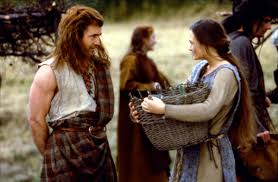
Themes and Symbolism
Freedom and Sacrifice
The central theme of Braveheart is the fight for freedom, both for Scotland and for the individuals who choose to rise against tyranny. Wallace’s journey is one of immense personal sacrifice, as he gives up everything—his family, his love, and his life—in the name of liberty. The film asks the question of what one is willing to give for freedom and whether it’s worth the cost.
Leadership and Loyalty
Wallace’s leadership is a key element in the film, as he inspires those around him to fight for a cause greater than themselves. His ability to unite people, despite their differences, speaks to the power of a strong and honorable leader. The film also explores the theme of loyalty, as Wallace’s followers demonstrate unwavering commitment to him and to the cause.
Betrayal and Honor
Betrayal plays a significant role in the plot, particularly through the character of Robert the Bruce (Angus Macfadyen), who must wrestle with his own loyalty to Wallace versus his desire for power. The theme of honor versus pragmatism runs throughout the film, with characters facing tough moral decisions as they navigate their paths.
Performances
Mel Gibson as William Wallace
Mel Gibson’s performance as William Wallace is a standout, embodying both the rage and righteousness of the character. His portrayal of Wallace as a passionate, driven leader is both compelling and heartbreaking. Gibson’s powerful speeches and emotional scenes, particularly in the final act of the film, elevate the film to legendary status.
Patrick McGoohan as King Edward Longshanks
Patrick McGoohan gives a memorable performance as the cruel and manipulative King Edward Longshanks. His portrayal of the ruthless English monarch is chilling, and his character serves as the perfect foil to Wallace’s idealism and passion. McGoohan brings a cold, calculating presence to the role, making him one of cinema’s most memorable villains.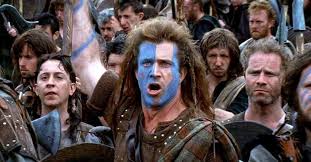
Catherine McCormack as Murron
Catherine McCormack’s portrayal of Murron, Wallace’s love interest, brings emotional depth to the film. Her character’s tragic fate drives much of Wallace’s actions and serves as a catalyst for his rebellion. McCormack’s performance is heartfelt and conveys the love and loss that drives Wallace throughout the film.
Angus Macfadyen as Robert the Bruce
Angus Macfadyen’s portrayal of Robert the Bruce, a Scottish nobleman torn between his loyalty to Wallace and his desire for power, adds complexity to the film’s themes of betrayal and honor. Macfadyen captures the internal struggle of his character, ultimately delivering a performance that shows the evolution of Robert’s character from self-interest to patriotism.
Cinematography and Visual Style
The cinematography of Braveheart, by John Toll, is epic in scope and breathtaking in its execution. The sweeping shots of the Scottish Highlands provide a stunning backdrop for the film’s many battles, while the intimate close-ups convey the emotional weight of Wallace’s journey. The battle sequences are brutal and immersive, using wide shots and dynamic camera work to place the viewer right in the heart of the action.
The film’s use of natural landscapes and wide-open spaces enhances the feeling of freedom that Wallace and his followers are fighting for. The contrast between the vastness of the land and the constricting power of the English army creates a visual representation of the struggle for independence.
Music and Sound Design
The film’s score, composed by James Horner, is one of its most memorable aspects. The haunting and stirring soundtrack, which includes the iconic theme “For the Love of a Princess,” complements the emotional and action-packed sequences. The music helps to elevate the film’s tone, from the moments of intense battle to the quieter, more intimate scenes of reflection. The sound design, particularly during the battle scenes, adds to the film’s realism and intensity.
Cultural Impact and Reception
Upon its release, Braveheart was met with widespread acclaim and became a cultural phenomenon. The film was praised for its epic storytelling, powerful performances, and memorable battle sequences. It won five Academy Awards, including Best Picture and Best Director, cementing its place in cinematic history. Braveheart also sparked a renewed interest in Scottish history and the story of William Wallace, becoming an enduring symbol of freedom and resistance.
The film’s impact on pop culture is undeniable, with lines like “They may take our lives, but they’ll never take our freedom!” becoming iconic expressions of defiance. Braveheart continues to be cited as one of the best historical epics ever made and remains a cornerstone of the war film genre.
Final Verdict
Braveheart (1995) is a powerful, emotional, and visually stunning film that tells the story of one man’s fight for freedom against overwhelming odds. With a brilliant performance by Mel Gibson, a stirring soundtrack, and unforgettable battle sequences, the film remains a timeless classic in the war and historical epic genre. Its themes of sacrifice, loyalty, and the pursuit of freedom resonate as strongly today as they did upon its release.
For fans of historical dramas, epic battles, and powerful performances, Braveheart is a must-watch. It is a film that continues to inspire and move audiences, proving that the fight for freedom is a story worth telling.


